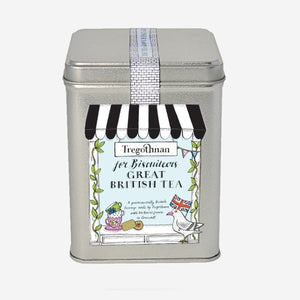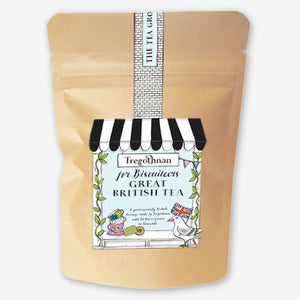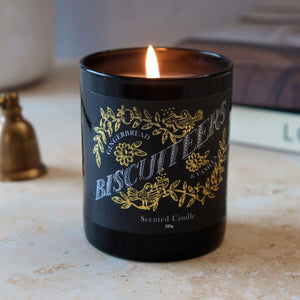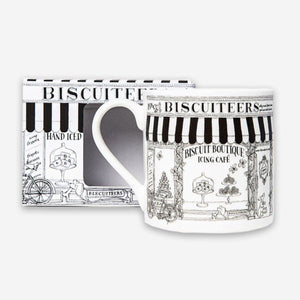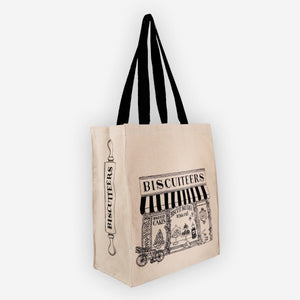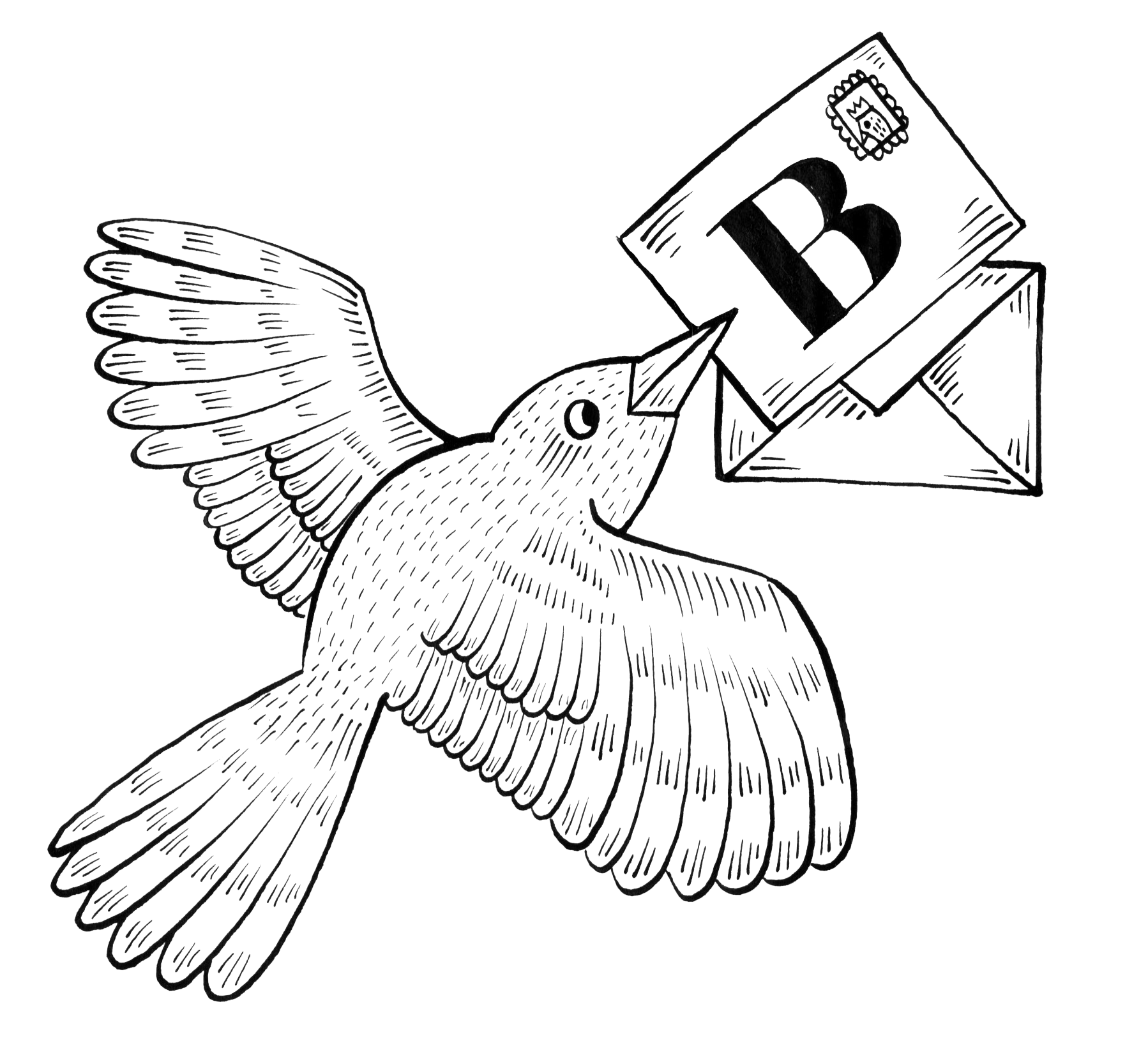:fill(white)/https://www.biscuiteers.com/static/cms/media/Feature-image.jpg)
If you are planning to cook up a storm this Easter, try icing your very own chocolate Easter biscuits, using our super chocolatey biscuit recipe – a great alternative to traditional chocolate Easter eggs. And if you’re feeling fancy, turn your biscuits into edible decorations, by poking a hole in the top of the biscuits and stringing them onto your Easter tree.
ingredients
- - 275g plain flour
- - 100g self-raising flour
- - 75g good quality cocoa powder
- - 125g granulated sugar
- - 125g salted butter, diced
- - 125g golden syrup
- - 1 large egg, lightly beaten
serves:30
difficulty:easy
35
* Preheat the oven to 170c/350f/gas mark 4 before you begin.
* Sift the flours and cocoa together into a mixing bowl, add the sugar and mix well.
* Add the butter. Using just the tips of your fingers, rub together the ingredients until the mixture resembles fine breadcrumbs.
* When all the butter is evenly mixed in, make a well in the centre and add the syrup and the egg.
* Mix well, drawing in any of the flour left at the sides of the bowl and stop as soon as a ball has formed.
* Place the dough onto your clean worktop. Divide into two and squash the dough into two even-sized flat discs. Cover and chill until ready to use, or roll out immediately.
* Easter egg shaped cutters are widely available online, or you can choose to make your own. Simply identify the egg size you want to trace and lay a sheet of parchment on top, carefully tracing around. Carefully cut the template out with scissors. You can find some of our favourite templates in the Biscuiteers Book of Iced Biscuits.
* If you are planning to hang your biscuit eggs on your Easter tree, now is the time to pierce the holes. The best way to do this is with a straw.
* Bake in the oven for 14-18 minutes until golden brown.
* Remove the trays from the oven and transfer the whole sheet of parchment to a cooling rack.
* Leave to totally cool before starting to ice.
Decorating your biscuits with royal icing
* Use our guide to make the flood and line icing. We used ice blue, pink and beige paste colours to colour the royal icing.
* Use your line icing (it should be smooth and thick, a bit like the texture of toothpaste) to ice around the egg edges to create a ‘wall’ for the runny icing.
* Once the edges are dry (about 10 minutes in room temperature) use a runny royal icing to flood the biscuit. Use these templates to help you create some of our very mini easter egg biscuits.
* When filling areas with runny icing, use a sharp cocktail stick to burst any bubbles. This will help achieve a smooth and luxurious finish. Pop the biscuits in your oven for 45 minutes on the lowest temperature to dry the runny icing.Our Easter Eggs are iced in Fabergé inspired swirls, stripes and spots which are quite easy to achieve. Once the flood icing is completely dry, use the thick line icing to carefully add the detail on top.
* If you want the detail to sink into the flood icing, much like our polka dot effect, add this whilst the flood icing is still wet.
* Stock up on lots of baubles and sugar glitter to finish off your Easter eggs with some pizazz! Do remember though that sugar glitter will stick better to super wet icing (it dries pretty fast!)
Good luck with your Easter bakes! For more inspiration on our perfect Easter weekend, check out our Pinterest board for some ideas.
